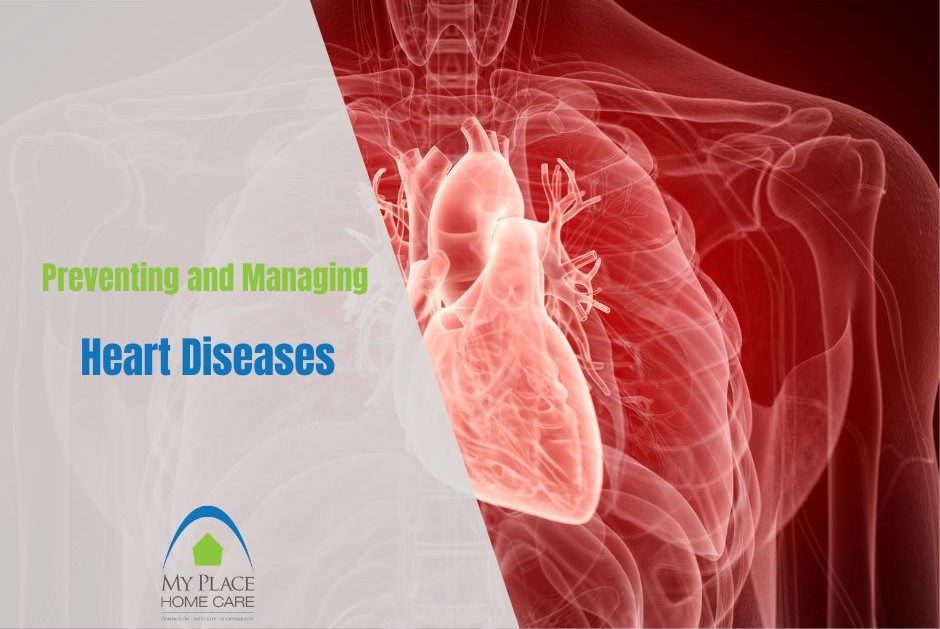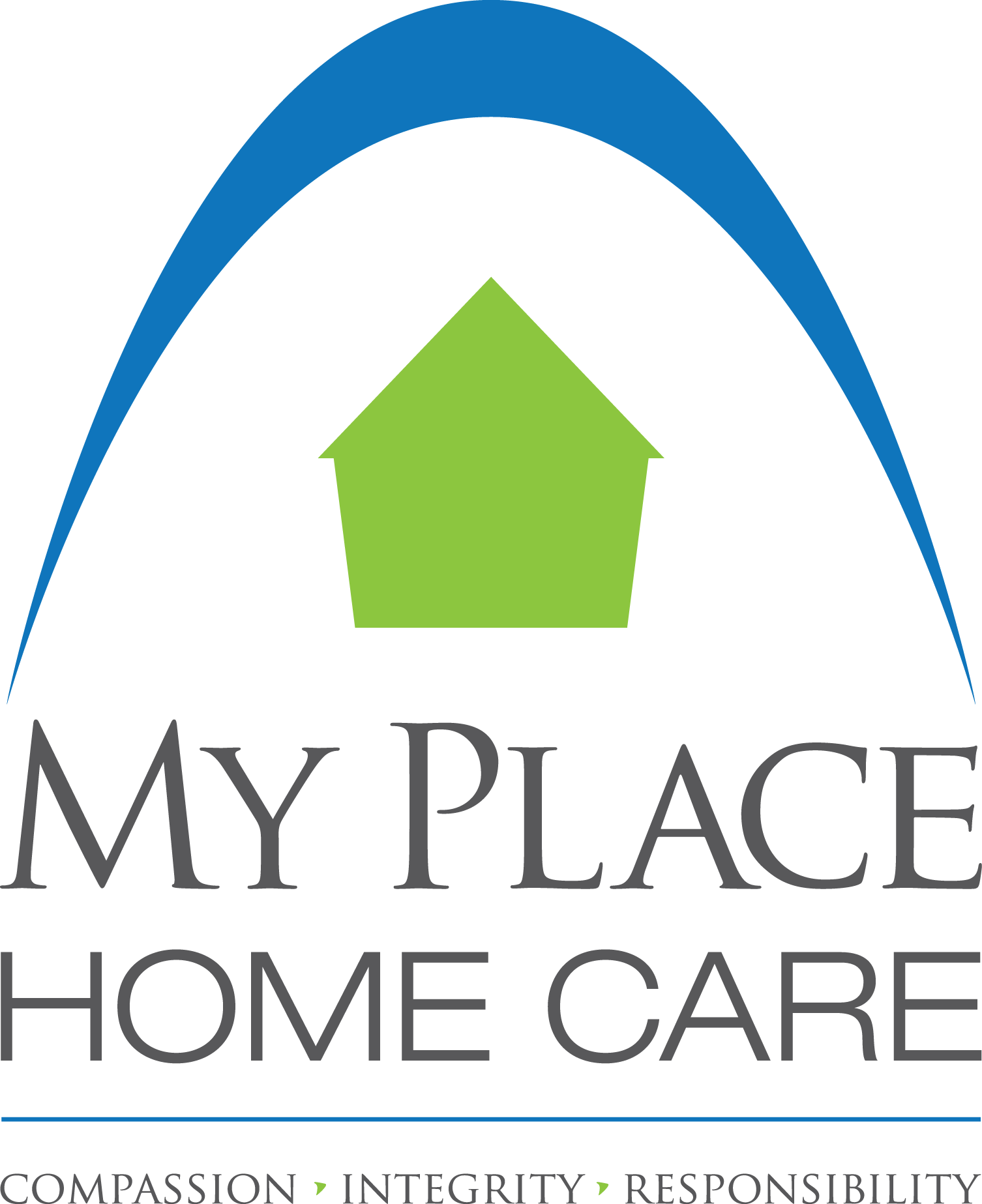
Managing and Preventing Heart Disease
Heart Disease in Canada
In Canada, heart disease is the second leading cause of death after cancer, and a leading cause of hospitalization. Heart disease occurs when there is reduced blood flow to the heart. It is a general term that refers to a range of conditions that affect the heart. These conditions include ischemic heart disease (which can lead to acute myocardial infarction), angina, arrhythmia, atrial fibrillation, and heart failure, among others.
According to the most recent data available, these are some quick facts about heart disease in Canada:
- About 2.4 million (8.5%) Canadian adults aged 20 years and older live with diagnosed ischemic heart disease, including 578,000 (2.1%) with a history of a heart attack.
- About 669,600 (3.6%) Canadian adults aged 40 years and older live with diagnosed heart failure.
- Every year, about 158,700 (6.1 per 1,000) Canadian adults aged 20 years and older received a new diagnosis of ischemic heart disease. Specifically, about 63,200 (2.1 per 1,000) adults had a first heart attack
- Approximately 92,900 (5.2 per 1,000) Canadian adults aged 40 years and older received a new diagnosis of heart failure.
Reducing your risk of heart disease
Due to the fact that heart disease is the second leading cause of death for Canadians, it is important to manage your personal risk and there are a few different ways to do so, and it starts with adopting a heart healthy lifestyle. This includes adopting the following habits:
- Engaging in regular moderate aerobic exercise for at least 30 minutes five days a week or more vigorous workouts at least 20 minutes three times a week.
- Adopt a diet low in salt, sugar, saturated and trans fats and high in unsaturated fats (fish, avocado etc.) like the mediterranean diet.
- Maintain a normal body weight with caloric adjustments.
- Get enough sleep – 6 to 8 hours per night.
- Take fish oil supplements
- Avoid smoking and recreational drug use
- If you consume alcohol, limit yourself to 3 to 7 drinks per week.
- Know your numbers – know your blood pressure, cholesterol, and blood sugar levels so you can keep them in a healthy range.
What are aerobic exercises
Aerobic exercises are a type of exercise that strengthens your heart and lungs in addition to the muscle groups you are using during your workout. Some examples of moderate aerobic exercises are:
Brisk walking (at least 4 km an hour), water aerobics, dancing (ballroom or social), gardening, tennis or pickleball doubles, or biking slower than 16 km an hour.
Some examples of more vigorous aerobic exercises are:
Hiking uphill, or with a heavy backpack, running, swimming laps, aerobic dancing, heavy yard work like continuous digging or hoeing, tennis or pickleball singles, cycling 16 km per hour or faster, and jump rope.
If you are concerned about heart disease, consult with your doctor to go over the risk factors associated with the disease. Some of the common risk factors are:
- Age
- Physical inactivity
- Gender
- Obesity
- Family history (Heredity)
- Smoking
- Alcohol
- Cholesterol levels
- Drug abuse
- Diabetes
- High Blood Pressure
- Previous Medical History, and
- Stress, Depression, Anger/hostility
Based on the assessment, your doctor may make recommendations beyond a heart healthy lifestyle.
Managing Heart Disease
If you have been diagnosed with any form of heart disease, your doctor will likely prescribe you medication(s) to take regularly along with ways to manage your heart disease. A lot of the recommendations will likely be along the lines of how you could have reduced your risk prior to the diagnosis such as adopting a heart healthy lifestyle.
Using the Government of Canada’s treatment and management of heart diseases and conditions webpage as a guide, there are a few ways to manage heart disease.
If you have a heart-related illness, your health care provider may prescribe medications for:
- Diabetes
- High cholesterol
- High blood pressure
- Heart disease such as angina.
Take this medication and do not vary from the treatment course unless directed by your doctor or care provider to do so.
How are heart diseases and conditions managed?
When managing any heart disease or blood circulation condition, follow healthy habits which includes exercise. The amount and kind of physical activity you can do will depend on a number of factors including:
- Your age
- Your general health
- Your personal interests
- The medications you are taking
- The severity of your heart disease or heart damage
- How healthy and active you were before your diagnosis.
Your health care provider will work with you to determine how to be active within your new limits. You will probably need to start slowly and increase your activity to a moderate level. The best exercises are those that use the whole body, like:
- Cycling
- Jogging
- Walking
- Swimming
High Blood Pressure
If you experience high blood pressure, some things you can do to manage it are:
- Get your blood pressure checked
- Cut down on the salt in your food
- Talk to your health care provider about exercises
Follow these steps to monitor your blood pressure correctly at home.
- Ask your health care provider or pharmacist to get the right monitor and cuff size for you.
- Rest for 5 minutes before taking your blood pressure.
- Wait at least 30 minutes after drinking coffee or smoking to take your blood pressure.
- Avoid wearing tight clothing. If you do, pushing up your sleeve to take a measurement will affect your blood pressure.
- Sit with your feet flat on the floor, your back supported and your arm resting at heart-level on a table.
- Take more than single reading at least 2 minutes apart.
- Take your blood pressure twice a day for 1 week to get an average blood pressure. Then talk to your health care provider about the readings so you can feedback on what to do next.
To get best results, do not talk, eat, watch television, or play with your phone while taking your blood pressure.
High cholesterol
If you have high cholesterol:
- lower the amount of saturated and total fats in your diet
- eat a healthy diet rich in vegetables, fruit, whole grains, and nuts
- ask your health care provider which lifestyle changes can help you reach healthy cholesterol levels
Atrial fibrillation
If you have atrial fibrillation, ask your health care provider to develop a personalized management plan. Options include:
- medications to:
- thin the blood
- control heart rate and rhythm
- a procedure to reduce your heart rate
- controlled electric shocks to the heart
- a procedure to get rid of the area of the heart that causes the electrical problem
Remember to always consult your physician especially when you have already been diagnosed with a heart condition of any kind about changes in your daily routine.

